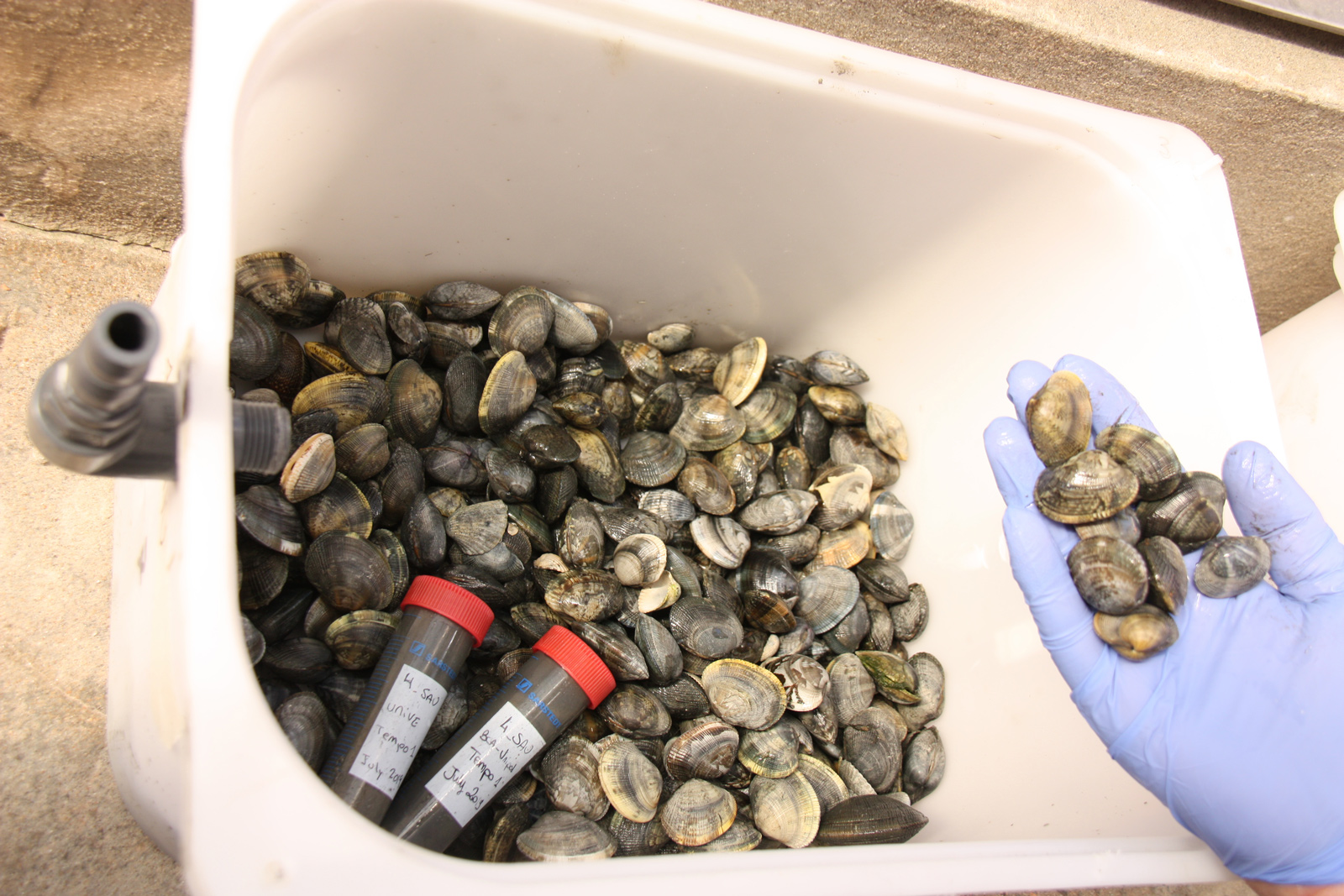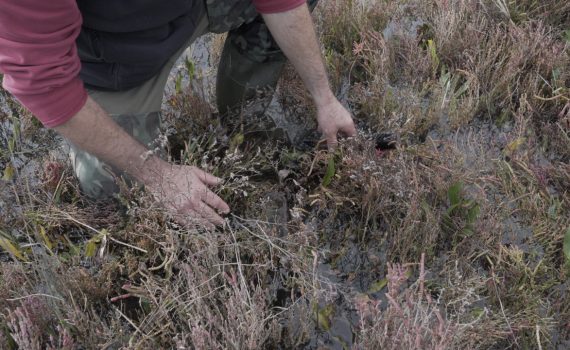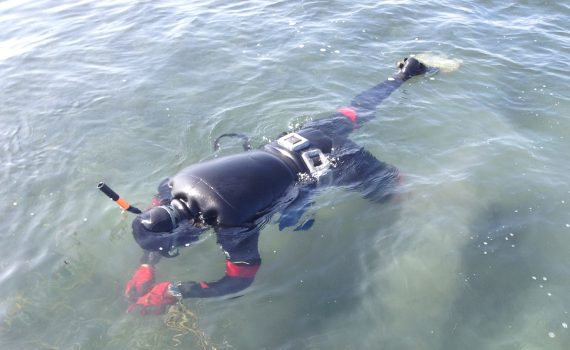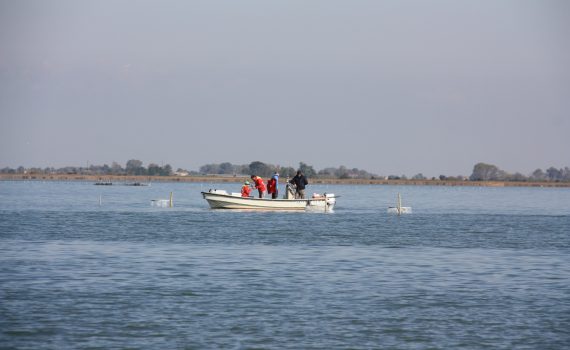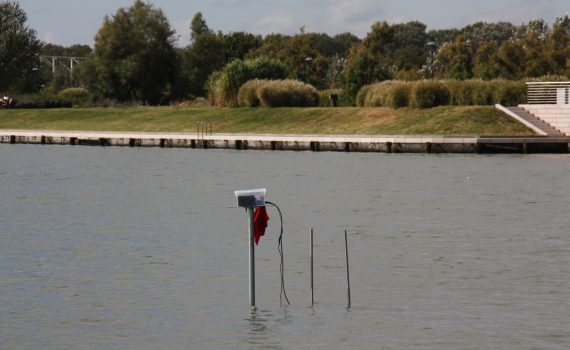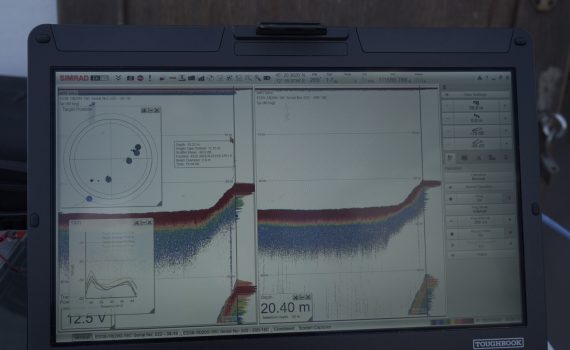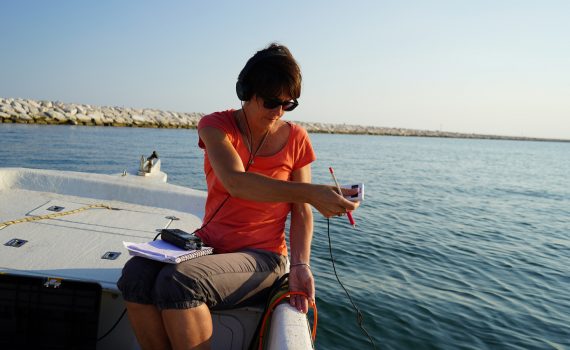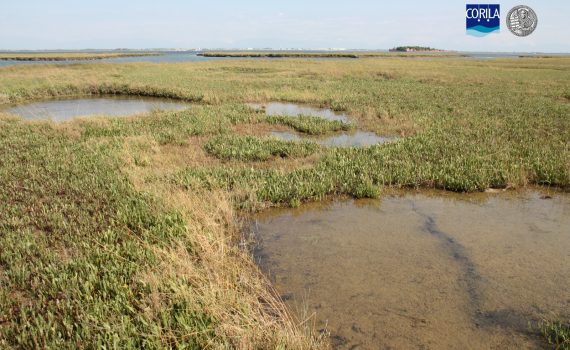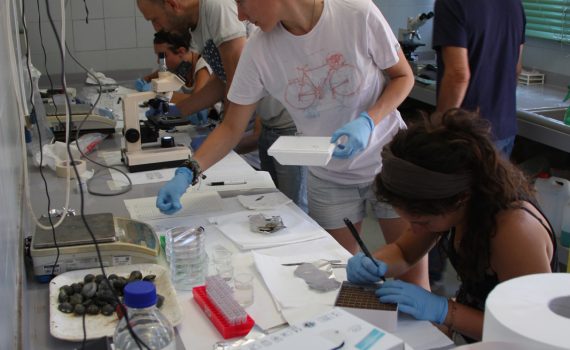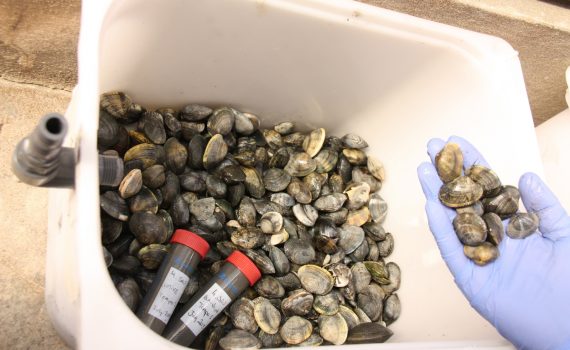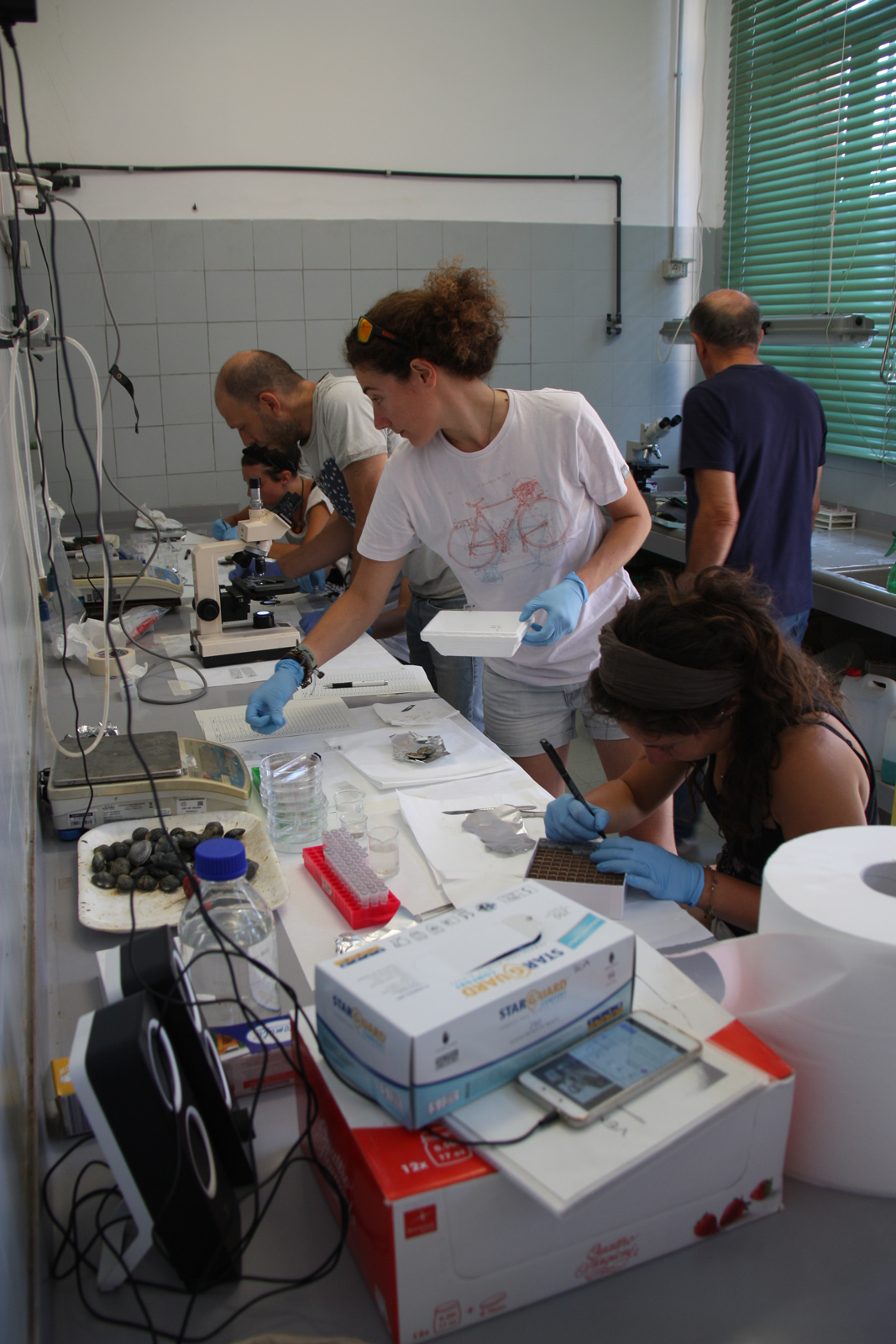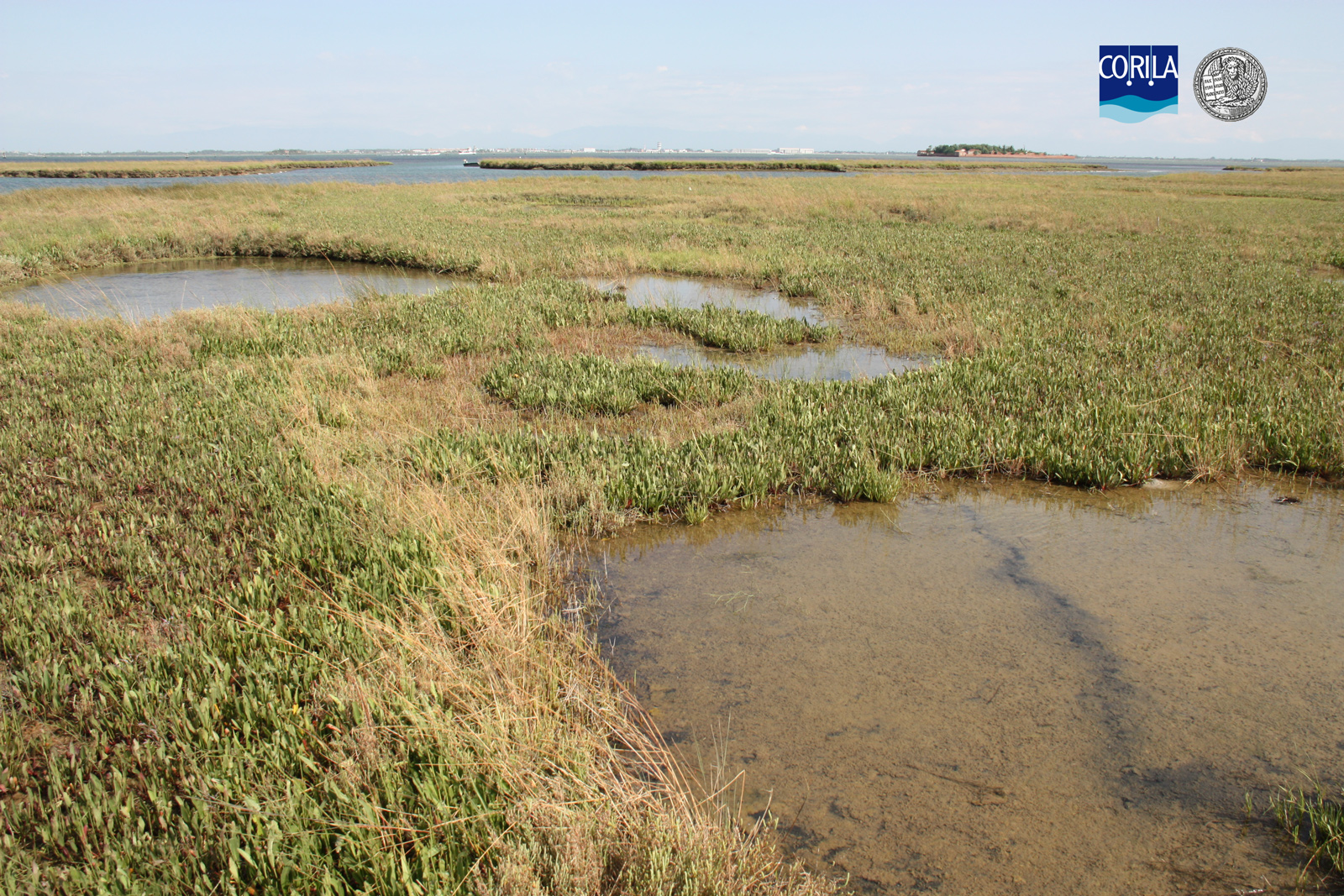The operation of the MOSE system implies numerous potential impacts on the lagoon hydrodynamic circulation, on the physico-chemical characteristics of the water inside the lagoon, on the tidal regimes, on the exchange of sea-lagoon sediments, on the ecological and morphological processes of the lagoon, on the cycles vitality of lagoon organisms and, as a whole, on lagoon communities and ecosystems. In particular, the variations in the biodiversity that characterizes the lagoon and supports fishing and aquaculture activities that are important for the entire upper Adriatic are intimately connected with the morphological changes of the system. It is therefore central to the Venezia2021 research program to develop methods and applications for monitoring that can evaluate the changes taking place simultaneously in terms of morphology, habitat and biotic communities resulting from the exercise of the MOSE system.
The Interreg Italy-Slovenia GreenHull project, in which CORILA is a partner, aims to experiment with innovative solutions for cleaning the hull of ships, important not only for the prevention of chemical pollution but also for preventing the introduction of alien exotic species, the so-called bioinvasion . A prototype for cleaning the incrustations of the hulls of ships will be created, consisting of an underwater multisensory platform, with the cleaning unit integrated with a modular purification plant that will filter the polluting compounds and organisms of the cleaning waste water, before of their re-entry into the sea.



